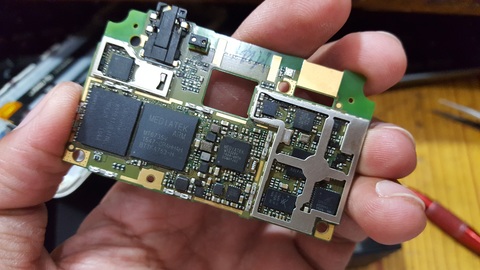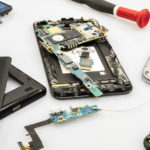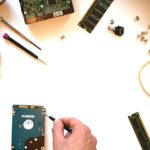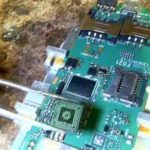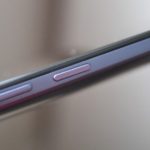In this technologically advancing world, it is impossible to imagine our lives without electronic equipment. Devices like mobile phones, television, washing machines etc. have become a crucial part of our lives and we don’t really ponder over what makes them work. An Austrian engineer named Paul Eisler has truly blessed us by designing the first printed circuit in the year 1936. Initially, these boards were quite huge in size, difficult to repair and expensive. But eventually, smaller boards came into being and they were quite affordable and cheap.
A printed circuit board; also known as a PCB is generally utilized to connect electrical apparatuses. These boards are connected with copper tracks. The electrical components are then fused and linked by the copper tracks and a circuit is created. When the board and circuit are attached together, it forms a PCB Assembly.
The designing of these boards is done via computers and their production becomes quite swift as it is done through machines. After the production, each of these boards are tested and verified so that they are void of any flaws. One of the advantages of these circuits is that as they are attached on a plain fixed board, they maintain consistency and are easy to repair.
Article Source: http://EzineArticles.com/7486339
